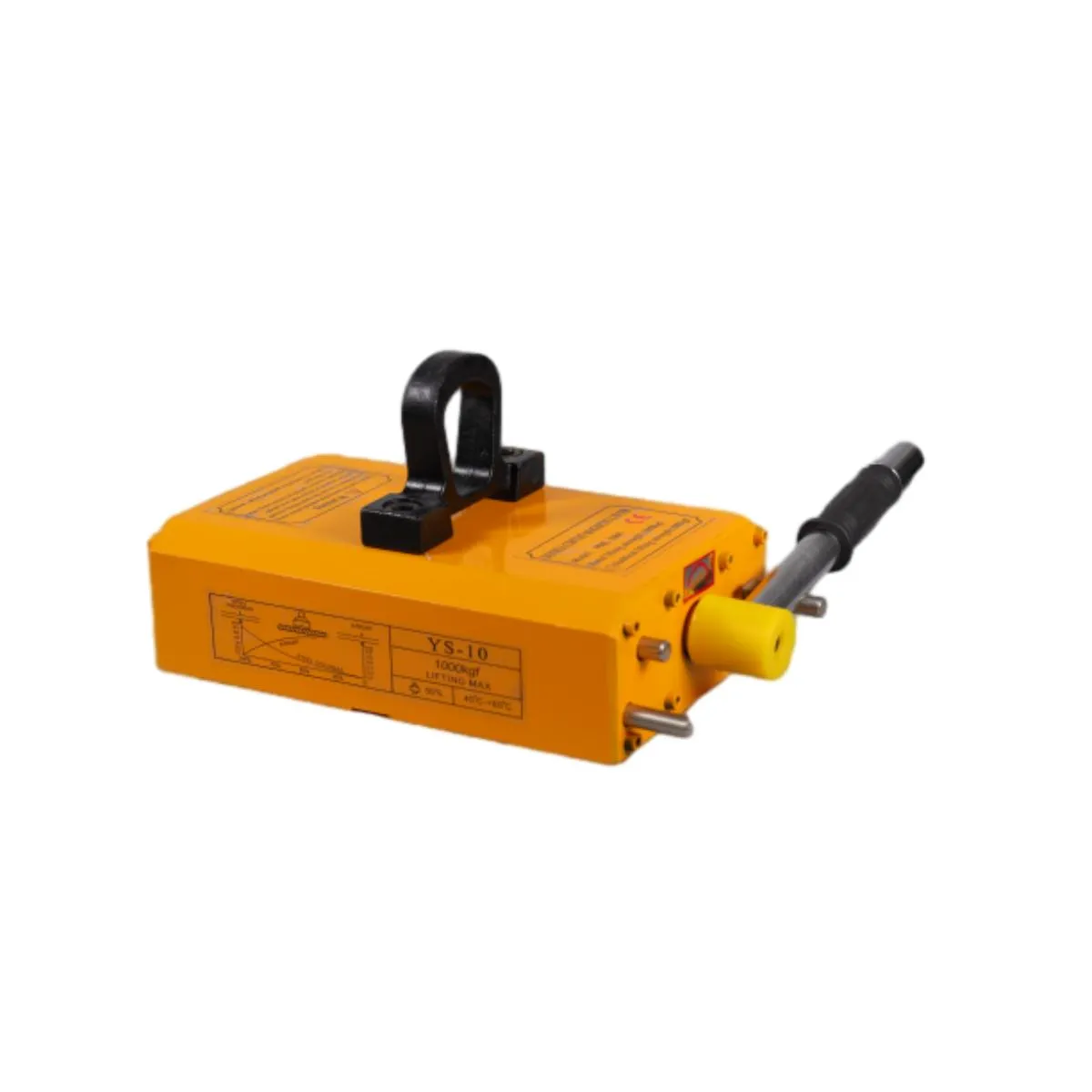Understanding the Benefits and Mechanisms of Overhead Traveling Cranes in Industrial Applications
Overhead Traveling Cranes Enhancing Industrial Efficiency
Overhead traveling cranes are vital pieces of equipment in various industries, designed to transport heavy loads across defined spaces with precision and efficiency. Commonly utilized in warehouses, manufacturing plants, construction sites, and shipping yards, these cranes operate on elevated tracks, allowing them to navigate seamlessly along the length and breadth of a workspace. Their capability to lift, lower, and move items horizontally makes them indispensable in handling materials that are too heavy, bulky, or awkward to manage by hand.
Structure and Functionality
An overhead crane typically comprises three main components the bridge, the trolley, and the hoist. The bridge spans the workspace and is mounted on girders that run parallel to the floor. This structure allows the crane to traverse the facility's length. The trolley, which moves along the bridge, carries the hoist—essentially a device equipped with a hook or clamp that raises and lowers loads. Together, these elements create a versatile system capable of lifting materials from one point to another, significantly reducing manual labor and increasing operational safety.
Safety Features
Safety is a paramount concern in any industrial setting, and overhead traveling cranes are equipped with an array of features designed to mitigate risks. These include overload sensors, emergency stop buttons, and limit switches that prevent the crane from moving beyond its designated ranges. Additionally, advanced systems are often integrated to monitor crane performance and detect faults in real-time, ensuring that any potential issues are addressed before they pose a risk to operators or the loads being transported. Regular maintenance and inspections also play a crucial role in maintaining safety standards and operational efficiency.
overhead travelling crane

Industrial Applications
The applications of overhead traveling cranes are vast and varied. In manufacturing plants, they facilitate the assembly process by delivering heavy components directly to workstations, thereby streamlining operations and reducing the risk of injury. In shipyards, they assist in loading and unloading cargo, enabling efficient shipping and docking processes. Additionally, in construction, these cranes are utilized to lift beams, trusses, and other heavy materials to significant heights, playing a key role in ensuring that projects remain on schedule and within budget.
Economic Benefits
The implementation of overhead traveling cranes can lead to significant economic benefits for businesses. By enhancing workflow efficiency, minimizing labor costs, and reducing the risk of workplace injuries, companies can improve their bottom line. Moreover, the ability to handle larger loads with precision allows businesses to optimize their supply chains and scale operations effectively. In a world where competitiveness is crucial, incorporating advanced machinery like overhead cranes can be the difference between staying ahead of the curve or falling behind.
Conclusion
Overhead traveling cranes represent a convergence of engineering excellence and practical utility in modern industrial operations. They not only simplify the lifting and moving of heavy materials but also embody a commitment to safety and efficiency. As industries continue to evolve and advance technologically, the role of these cranes will only grow more significant. With ongoing innovations in crane design and safety protocols, businesses can expect increased reliability and productivity, reinforcing the importance of these remarkable machines in today's dynamic industrial landscape.
-
The Ultimate Guide to Heavy Machinery Moving EquipmentNewsAug.04,2025
-
The Evolution of Large Equipment MoversNewsAug.04,2025
-
Maximizing Efficiency with PML Magnetic Lifters in Industrial OperationsNewsAug.04,2025
-
Choosing the Best Small Gantry CraneNewsAug.04,2025
-
Innovations in Permanent Lifting Magnet TechnologyNewsAug.04,2025
-
How to Maintain Your Adjustable Gantry Crane for LongevityNewsAug.04,2025
-
PML 6 Lifting Magnet Troubleshooting GuideNewsJul.25,2025
